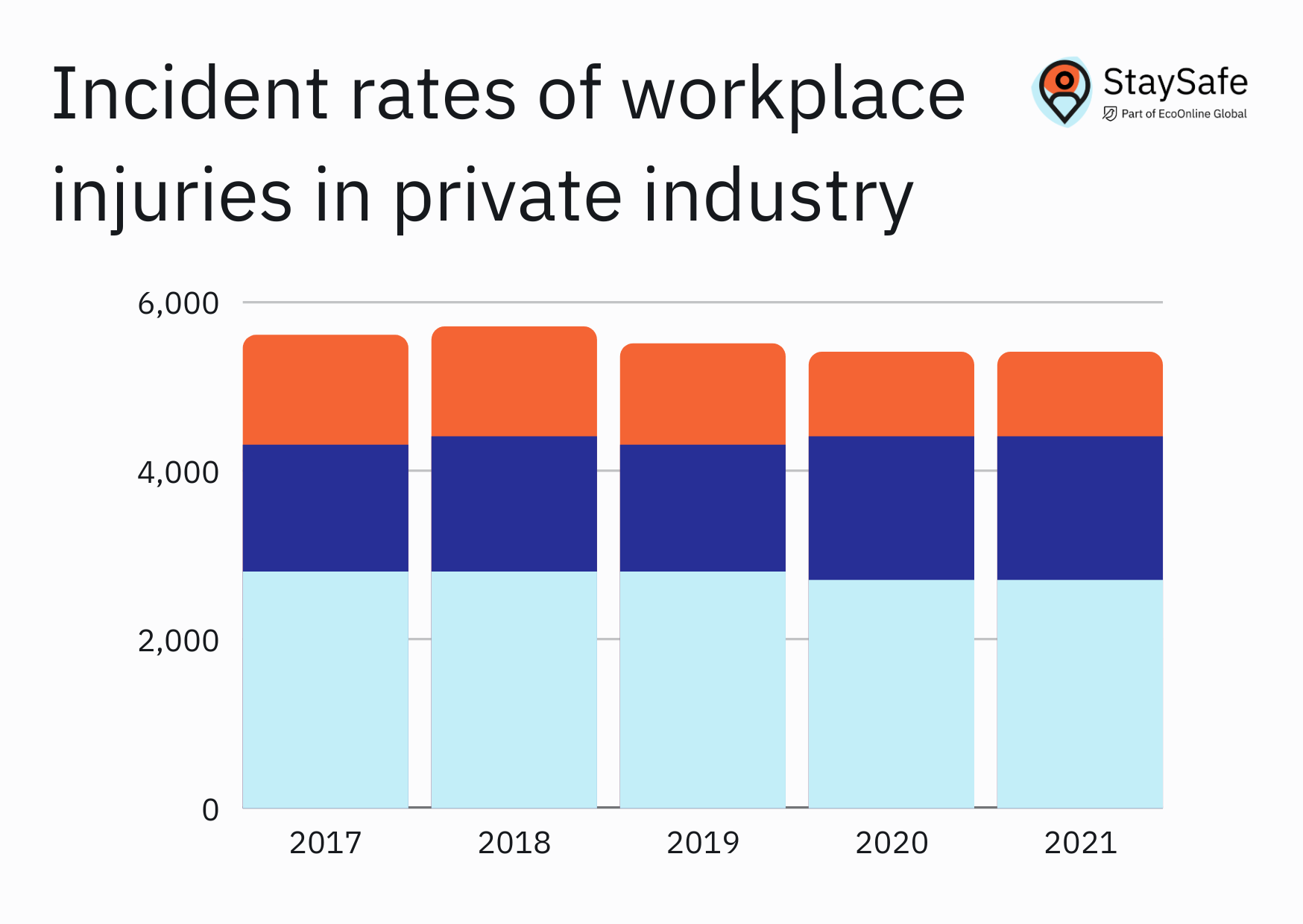Many lone workers visit clients in their homes, placing them at higher risk of violence, aggression and hostage situations, particularly if working with vulnerable individuals. Entering a client’s home comes with an element of the unknown. There could be aggressive animals present in the home, trip hazards, aggression and hostility from individuals within the property and potential alcohol and substance abuse.
In a study published by the BMJ journal Occupational and Environmental Medicine, 22% of domiciliary care workers reported at least one incident of verbal abuse by clients or their relatives in the previous 12 months. Heightened risk factors included cramped client living conditions, clients with dementia and limited mobility. Interestingly, workers with predictable working hours had a 26% lower risk of being verbally abused – indicating that workers who have changeable rotas are at an increased risk.
Other community workers such as social workers, community nurses and charity workers are also vulnerable to similar risks. This can be particularly true for those working in environments where drugs, alcohol and mental health issues could be involved.
Many community workers also drive between appointments and so are at risk of being involved in a road traffic accident whilst at work – especially those who drive at night. Many lone workers visit clients in their homes, placing them at higher risk of violence, aggression and hostage situations, particularly if working with vulnerable individuals. Entering a client’s home comes with an element of the unknown. There could be aggressive animals present in the home, trip hazards, aggression and hostility from individuals within the property and potential alcohol and substance abuse. Find out more















